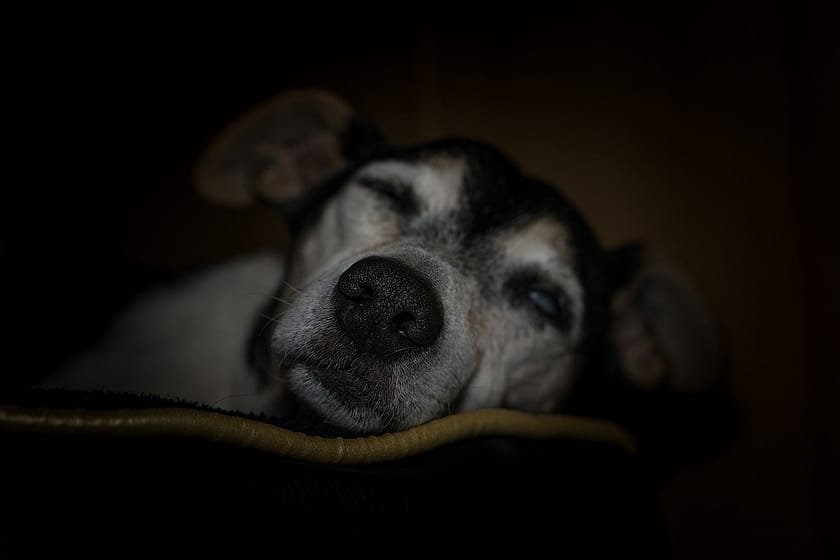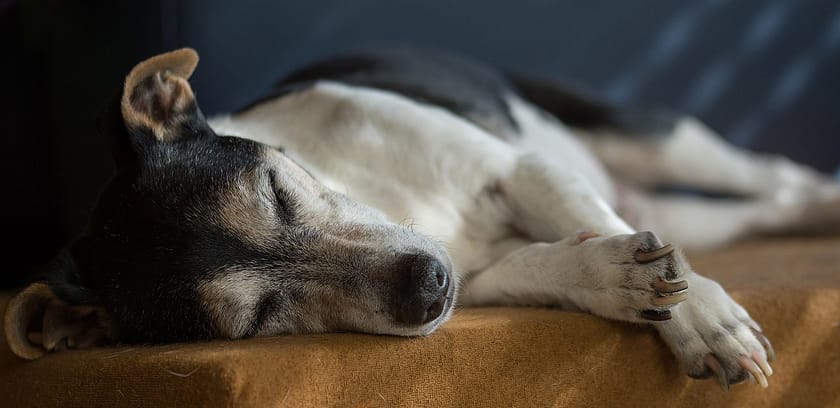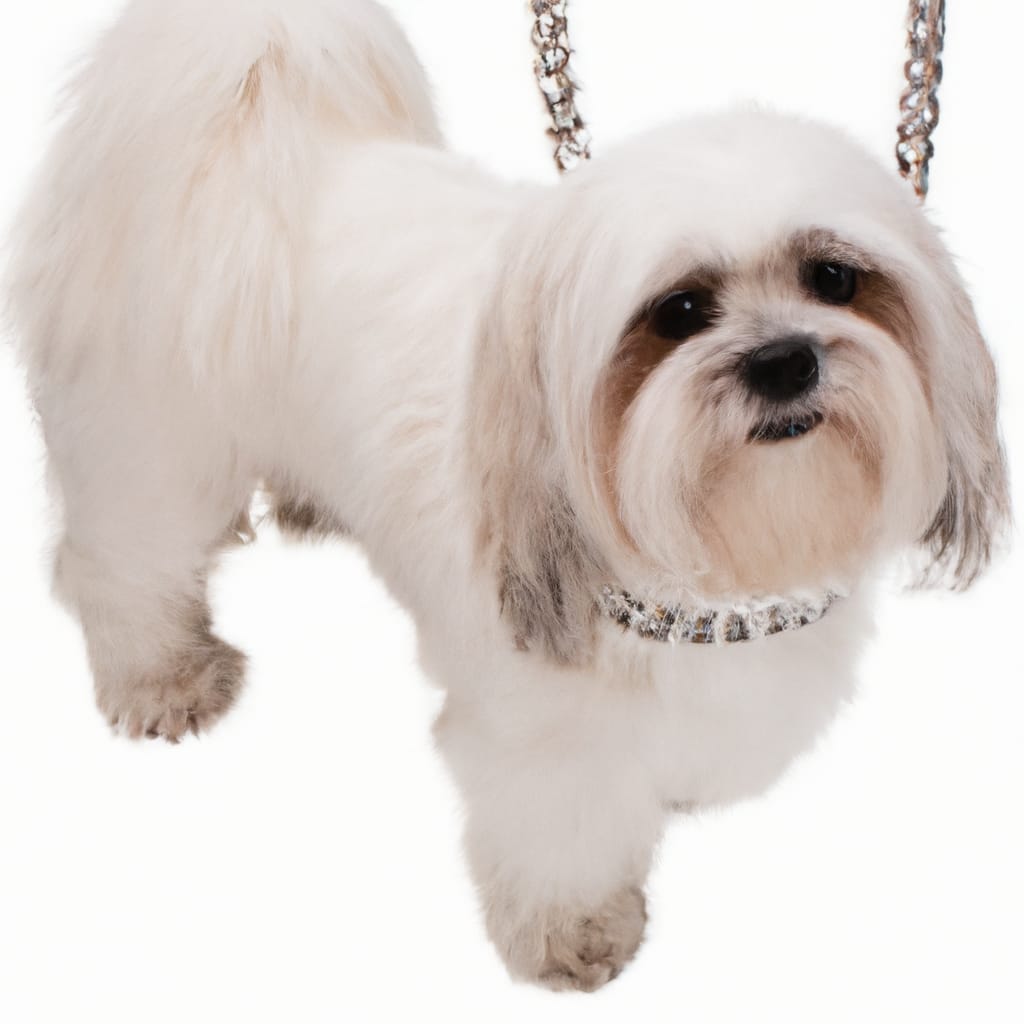Senior Dog Care: How To Provide Comfort And Quality Of Life
As your beloved furry companion enters their golden years, it becomes even more important to prioritize their well-being and happiness. In this article, we will explore the essential aspects of senior dog care, guiding you on how to provide your senior dog with the comfort and quality of life they deserve. From making adjustments to their diet and exercise routine to creating a safe and cozy environment, we will share practical tips and invaluable advice to help enhance your senior dog’s overall well-being. With our guidance, you can ensure that your aging canine friend enjoys their twilight years to the fullest.
Proper Nutrition
Balanced Diet
Proper nutrition is essential for the health and well-being of senior dogs. As your furry friend enters their golden years, their nutritional needs may change. A balanced diet is crucial to ensure that they receive all the necessary nutrients to support their aging bodies. A high-quality senior dog food specifically formulated for their age and size can provide the right balance of proteins, fats, carbohydrates, vitamins, and minerals. It is important to choose a diet that addresses specific concerns like joint health or digestive sensitivities.
Understanding Nutritional Needs
Senior dogs have unique nutritional requirements compared to their younger counterparts. They may require additional nutrients that support joint health, such as glucosamine and chondroitin, or antioxidants to boost their immune system. The metabolism of older dogs can also slow down, making weight management crucial to prevent obesity and related health issues. Your veterinarian is the best resource for understanding your senior dog’s specific nutritional needs and can recommend the right diet to keep them happy and healthy.
Weight Management
Maintaining a healthy weight is essential for senior dogs as it can help prevent many age-related health issues. Obesity in senior dogs can worsen joint problems, increase the risk of heart disease and diabetes, and reduce overall mobility. On the other hand, being underweight can indicate underlying health concerns. It is important to monitor your senior dog’s weight and adjust their diet accordingly. Your veterinarian can provide guidance on portion control and healthy weight management strategies to ensure your dog maintains an optimal body condition.
Exercise and Stimulation
Low-impact Activities
Exercise plays a vital role in keeping senior dogs physically active and mentally stimulated. However, the intensity and type of exercise need to be adjusted to accommodate their aging bodies. Engaging in low-impact activities like leisurely walks, swimming, or gentle play sessions can help maintain muscle tone, joint flexibility, and cardiovascular health without putting excessive strain on aging joints. Regular exercise also aids digestion, prevents weight gain, and promotes a healthy mental state.
Mental Stimulation
Senior dogs also require activities that challenge their minds and keep them mentally sharp. Puzzle toys, treat-dispensing toys, and interactive games can provide mental stimulation and prevent boredom. Training sessions, even for simple commands, can help keep their brains active and strengthen the bond between you and your furry friend. Additionally, engaging in scent work or hiding treats around the house can provide mental exercise and enrichment.
Environmental Enrichment
Creating an enriching environment for your senior dog can enhance their overall well-being. Provide them with various toys, including chew toys for dental health, soft toys for comfort, and interactive toys to keep them engaged. Designate a cozy corner or bed where they can relax and feel secure. Consider rotating their toys to keep things fresh and exciting. Allowing them to explore new smells, sights, and sounds during walks or taking them to unfamiliar but safe places can also provide mental stimulation and prevent cognitive decline.

Veterinary Care
Regular Checkups
Regular veterinary checkups are crucial to ensure the overall health and well-being of your senior dog. Your veterinarian can conduct thorough examinations and identify any potential health issues early on. These routine appointments typically include a physical examination, dental evaluation, and blood work to assess organ function and detect any potential imbalances or diseases. By monitoring your senior dog’s health regularly, your vet can provide appropriate treatments or interventions to maintain their quality of life.
Preventive Care
Preventive care measures are essential for senior dogs to minimize the risk of age-related diseases and maintain optimal health. This may include vaccinations to protect against infectious diseases, parasite control to prevent infestations, and regular dental cleanings to maintain oral health. Additionally, your veterinarian may recommend specific preventive measures based on your dog’s individual needs, such as specialized supplements to support joint health or regular screenings for common age-related conditions.
Managing Chronic Conditions
As dogs age, they may develop chronic conditions such as arthritis, diabetes, kidney disease, or heart problems. Managing these conditions requires close collaboration with your veterinarian. They can prescribe medications, recommend dietary modifications, or provide guidance on managing your dog’s specific health needs. Regular monitoring and follow-up appointments are essential to adjust treatment plans as your dog’s condition progresses. With proper veterinary care, many chronic conditions can be managed, allowing your senior dog to thrive and enjoy their golden years.
Grooming and Hygiene
Brushing and Bathing
Regular grooming is necessary to keep your senior dog looking and feeling their best. Brushing their coat not only keeps it clean and free from mats but also helps distribute natural oils, promoting healthy skin and a shiny coat. Depending on your dog’s breed and coat type, the frequency of brushing may vary. Bathing should be done as needed, using a gentle, dog-specific shampoo to avoid drying out their skin. Older dogs may benefit from shorter grooming sessions and may appreciate having their nails trimmed or ears cleaned regularly.
Dental Care
Oral hygiene is often overlooked but is crucial for a senior dog’s overall health. Dental disease can lead to pain, infections, and even systemic health issues if left untreated. Brush your dog’s teeth regularly with a dog-specific toothbrush and toothpaste to prevent plaque and tartar buildup. Dental chews or water additives that promote oral health can also be beneficial. Your veterinarian may recommend periodic professional dental cleanings to address more significant dental issues and maintain good oral hygiene.
Nail Trimming
Regular nail trimming is essential to prevent overgrowth and discomfort for your senior dog. Long nails can cause issues with mobility and may lead to joint or paw problems. Consult your veterinarian or a professional groomer to learn how to trim your dog’s nails safely and avoid cutting the quick, which can cause bleeding and pain. If you are unsure about nail trimming, it is always advisable to seek professional assistance to ensure your furry friend’s comfort and well-being.

Pain Management
Recognizing Signs of Pain
As your dog ages, they may experience age-related conditions and chronic pain. It is important to be attentive and watch for signs of discomfort or pain, as dogs may not always show obvious symptoms. These signs may include changes in behavior, decreased appetite, reluctance to move or play, lameness, or excessive panting. If you notice any of these signs, it is essential to consult your veterinarian for proper pain management.
Medications and Supplements
There are various medication and supplement options available that can help manage pain in older dogs. Your veterinarian may prescribe non-steroidal anti-inflammatory drugs (NSAIDs) or other pain medications to alleviate your dog’s discomfort. Additionally, there are supplements such as glucosamine, omega-3 fatty acids, or joint support products that can aid in reducing inflammation and promoting joint health. Always consult with your veterinarian before starting any new medications or supplements to ensure they are safe and appropriate for your dog’s specific needs.
Alternative Therapies
In addition to traditional pain management approaches, there are alternative therapies that can complement your senior dog’s pain management plan. Acupuncture, physical therapy, hydrotherapy, and massage are some examples of alternative therapies that can help improve your dog’s mobility, reduce pain, and enhance their overall well-being. These therapies should be performed by certified professionals who have experience working with senior dogs. Consult your veterinarian to determine which alternative therapies may be suitable for your furry friend.
Mobility Assistance
Orthopedic Beds and Ramps
Provide your senior dog with the comfort and support they need by investing in an orthopedic bed. These beds are designed with extra cushioning and support to relieve pressure on joints, muscles, and bones. Orthopedic beds can help alleviate arthritic pain and provide a peaceful and comfortable place for your dog to rest. Additionally, if your senior dog has difficulty climbing onto furniture or into vehicles, consider using ramps or steps to provide them with easy access and prevent unnecessary strain on their joints.
Joint Supplements
To support your senior dog’s joint health and mobility, consider incorporating joint supplements into their daily routine. Supplements containing ingredients like glucosamine, chondroitin, and MSM can help reduce inflammation, support cartilage health, and promote joint function. These supplements are available in various forms, including chewables and soft gels, making them convenient to administer. Consult your veterinarian to determine the appropriate dosage and duration of use for your dog’s specific needs.
Physical Therapy
Physical therapy can be highly beneficial for senior dogs with mobility issues. Under the guidance of a trained professional, your dog can undergo exercises and therapies that target specific muscles, improve range of motion, and enhance overall mobility. Hydrotherapy, treadmill exercises, and specific stretching routines are some examples of physical therapy techniques that can help manage pain, increase strength, and improve your senior dog’s quality of life. Discuss with your veterinarian to explore physical therapy options available in your area.

Comfortable Environment
Soft Bedding
Ensuring that your senior dog has soft and comfortable bedding is crucial for their overall comfort and well-being. Opt for beds that provide adequate support and cushioning for their aging joints. Memory foam or orthopedic beds are excellent choices for senior dogs, as they conform to their body contours and relieve pressure points. Additionally, consider providing cozy blankets or heated pads during colder months to keep them warm and snug.
Safe and Accessible Space
Creating a safe and accessible living space is essential for senior dogs. Remove any hazards or obstacles that could cause your dog to trip or fall, such as loose rugs or cluttered areas. Ensure that their food and water bowls, as well as their bed, are easily accessible without the need to climb or strain. Making sure your senior dog has easy access to the outdoors for potty breaks and fresh air is also important. Consider installing ramps or pet stairs to help them navigate stairs or elevated surfaces with ease.
Temperature Control
Senior dogs may be more sensitive to extreme heat or cold. Ensure that your home is kept at a comfortable temperature to prevent discomfort or health issues due to temperature extremes. During hot summer months, provide your dog with access to cool areas or air conditioning. In colder weather, make sure your senior dog has access to warm and draft-free spaces. Monitoring the temperature and making appropriate adjustments can help keep your senior dog comfortable and content throughout the year.
Socialization and Companionship
Interaction with Humans
Maintaining social interaction with humans is essential for the emotional well-being of your senior dog. Ensure that they receive plenty of quality time, attention, and affection from family members. Engage in activities that your dog enjoys, such as gentle play sessions, leisurely walks, or cuddling on the couch. Talking to your senior dog in a calm and soothing voice can also provide comfort and reassurance. Regular interaction with humans helps prevent feelings of loneliness or anxiety and strengthens the bond between you and your furry companion.
Interaction with Other Pets
If you have other pets in the household, encourage positive interactions between them and your senior dog. Supervised play sessions, walks together, or simply spending time in the same room can help promote a sense of companionship and reduce any potential isolation or anxiety. However, be mindful of your senior dog’s comfort level and energy levels, as they may require more rest and downtime compared to younger animals. Always ensure that interactions are positive and closely supervised, especially if there is a significant size or age difference between the pets.
Supportive Community
In addition to spending time with humans and other pets, a supportive community can play a vital role in your senior dog’s well-being. Connect with fellow dog owners, join senior dog-focused groups or forums, or participate in local dog-friendly events. These interactions can provide opportunities for socialization, information sharing, and emotional support. Sharing your experiences, challenges, and successes with others who are also caring for senior dogs can be both comforting and beneficial.

Cognitive Support
Brain Games and Puzzles
Engaging your senior dog in brain games and puzzles can help keep their cognitive abilities sharp and prevent cognitive decline. Interactive puzzle toys or treat-dispensing toys require problem-solving skills and encourage mental stimulation. These games can challenge your dog’s memory, improve their focus, and provide a fun and rewarding activity. Ensure that the games are age-appropriate and gradually increase the difficulty level as your dog becomes more proficient.
Training and Mental Exercises
Training sessions are not just for teaching tricks or obedience; they also provide mental exercise and engagement for your senior dog. Simple tasks, such as sit, stay, or touch, can be beneficial for their mental well-being. If your senior dog has mastered basic commands, consider teaching them new tricks or advanced commands to keep their minds sharp. Training sessions can also strengthen the bond between you and your dog while providing a sense of accomplishment for both of you.
Memory Enhancement
Certain supplements and brain-boosting foods can help enhance your senior dog’s memory and cognitive function. Omega-3 fatty acids, antioxidants, and vitamins like Vitamin E and B complex are known to support brain health. These nutrients can be found in commercial senior dog foods or as standalone supplements. Consult with your veterinarian to determine if adding memory-enhancing supplements or foods to your dog’s diet would be beneficial.
Emotional Well-being
Stress Reduction Techniques
Stress can impact your senior dog’s emotional well-being and overall quality of life. Provide a calm and predictable environment to minimize stressful situations. Establish a routine that includes regular meals, walks, and playtime. Ensure that your senior dog has a quiet space where they can retreat when they need privacy or rest. Additionally, consider using anxiety-reducing techniques such as pheromone diffusers, calming music, or anxiety wraps. These tools can help promote a sense of calm and alleviate anxiety or stress in your senior dog.
Comforting Routine
Establishing a comforting routine can provide a sense of security for your senior dog. Dogs thrive on consistency, and having a predictable schedule can help reduce anxiety and promote emotional well-being. Maintain regular mealtimes, exercise sessions, and bedtime routines. Engage in activities that your dog finds comforting, such as gentle brushing or massage. By creating a routine, you are not only providing physical care but also promoting emotional stability for your senior companion.
Quality Time
Spending quality time with your senior dog is crucial for their emotional well-being. Set aside dedicated time each day to bond, whether it’s through gentle grooming sessions, relaxing cuddles, or simply being present with your furry friend. Engage in activities that they enjoy, such as leisurely walks or exploring new scents in the neighborhood. Being attentive and present during these moments can make a world of difference to your senior dog’s emotional state and overall happiness.
In conclusion, providing comfort and quality of life for your senior dog involves several essential aspects. Proper nutrition, regular veterinary care, grooming and hygiene, pain management, and mobility assistance are all integral parts of senior dog care. Creating a comfortable environment, promoting socialization and companionship, supporting cognitive health, and attending to emotional well-being complete the comprehensive care package for your aging four-legged friend. By implementing these measures and tailoring them to your senior dog’s individual needs, you can ensure that they age gracefully and enjoy their golden years to the fullest. Remember, your furry companion has given you years of love and loyalty, and it’s now your turn to provide them with the care they deserve.














